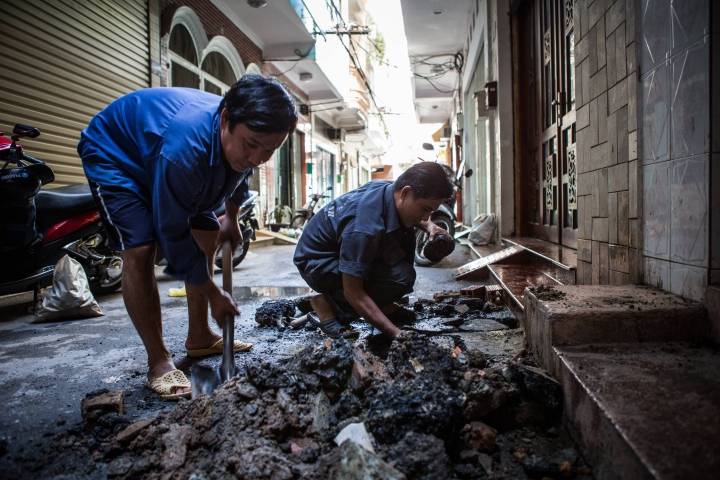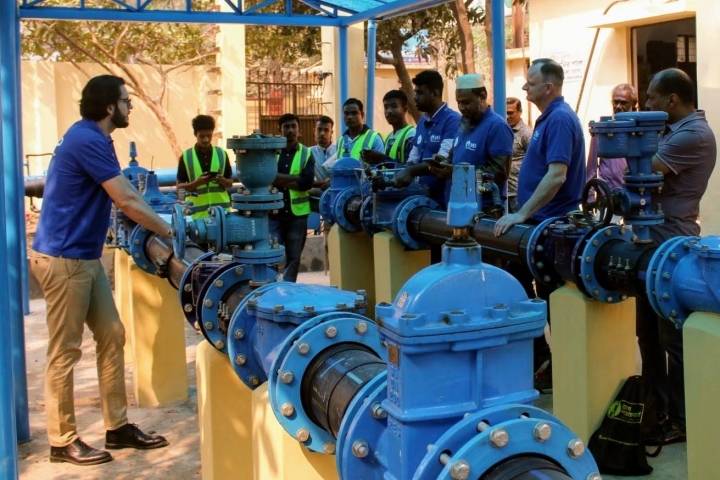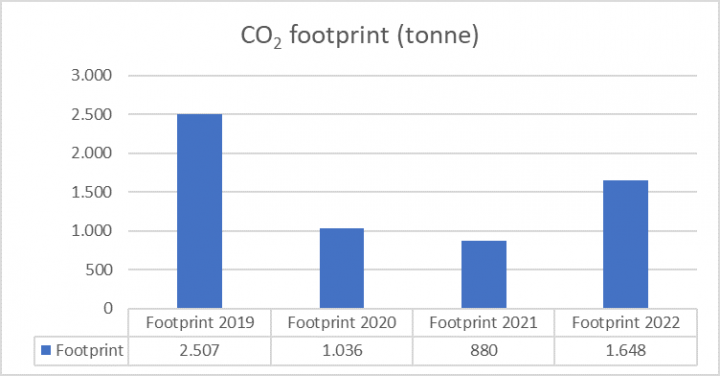3542 AD Utrecht
The Netherlands
info@vei.nl
+31 (0) 88 884 79 91


VEI has a twofold mission objective. When VEI was founded, these two mission objectives were already set in the statutes of VEI.


In the vision of VEI, the 2 mission objectives come together in organizing peer support between water operators. Sharing experiences between water companies brings tangible benefits for all parties. In that respect, VEI is a real win-win approach where peer support are the way in which both water operators in a Water Operator Partnership (WOP) benefit from the collaboration. VEI organizes the solidarity between water operators to enable them to serve their customers better.
VEI started to measure its carbon footprint in 2019. The footprint mainly relates to air travel to implement the WOP-model, peer to peer support and exchange of water experts. Due to travel restrictions (COVID) air travel reduced significantly (see graphic below), but the pre-covid carbon footprint of 2019 will be used as a baseline to set the targets towards carbon neutrality in 2026.
VEI wants to become carbon neutral in 2026 (with 2019 as a baseline) through different interventions:
Reporting about VEI’s carbon footprint, interventions implemented and the impact, as well as the results of carbon credit projects will be included in our Annual Reports.
